Rare Rides Icons: The Ford Festiva, a Subcompact and Worldwide Kia by Mazda (Part II)

We return to our Rare Rides Icons coverage of the Ford Festiva today. An important world vehicle for the likes of Ford, Mazda, Kia (and eventually many others), the Festiva arrived at a time when rear-drive subcompacts were being replaced by much more efficient models that were front-drive. And the Mazda-designed Festiva was certainly more efficient and more front-drive than the Fiesta it replaced.
We covered the Festiva’s boxy, simple styling in our last entry, so today we jump straight into its platform and mechanicals. In 1981, Mazda changed the way it named its platforms. It assigned two-letter codes that were used for the fifth and sixth characters in VINs on Mazda-produced vehicles from the 1981 model year onward. Mazda uses this platform classification system today.
From the start, all letter coding with a D at the front represented a subcompact car that was front-wheel drive. The Festiva was assigned DA, as the first such car Mazda ever created. The DA had a short wheelbase of just 90.4 inches. The overall length for the Festiva at debut was 136.8 inches, with an overall width of 63.2 inches. Festiva reached 57.5 inches in height and had a weight of between 1,540 and about 1,720 pounds dependent on equipment and body style.
With a transverse engine layout, the front-drive Festiva used an independent front suspension with struts, coil springs, and a sway bar. The rear suspension was a torsion beam design. As one might expect, the Festiva’s engines were all Mazda units that hailed from the B family. The B was new at the time, and through its many variations was in production between 1985 and 2005. Notably, the engine design was non-interference, which meant the engine wasn’t lunched in the event of a timing belt failure. An important feature when running a car on a tight budget.
The first three engines to debut in the B lineup were all used in the Festiva. The most basic was the B1, a tiny 1.1-liter inline-four that had eight valves and was available only in SOHC guise. This most basic of engines was limited to use from 1987 to 1989 and was only used in the European and Asian markets. Kia would later use this engine in the Sephia.
Many people were interested in a BJ. The mid-level engine had 1.3-liters of displacement, with 16 valves and the all-important DOHC and single-point fuel injection. Only Japanese market Festivas used the BJ, and only in particularly sporty trims. The 1.3 was good for 87 horsepower.
Finally, the largest Festiva engine on offer was the B3. Slightly larger than the BJ’s 1,290 cc displacement, the B3 was 1,324 cc. It was offered only in SOHC guise and was available in the Festiva as well as Mazda’s larger Familia, the Ford Laser, and the successor to the Festiva the Aspire. Initially, the B3 was carbureted, but it was later developed further and received fuel injection. With either fuel distribution type, it had 63 horsepower. In the Nineties, the B3 was updated and enhanced, which added 10 horsepower to its rating. The B3 lived until 2005 in the Kia Rio, and until 2014 in Kia’s Pride.
Speaking of Pride, that’s what Kia called their version of the Festiva. The Pride was assembled locally in South Korea from the start, and the market was one of the first to start its production. Assembled under license, production started in 1986 for the 1987 model year.
Australia and Europe received the Festiva under its most accurate identity, as the Mazda 121. Sales for those markets started in 1987 as well. The Mazda 121 was a short-lived model, however, and after 1991 the 121 turned into the Ford Festiva on the Australian continent. In Europe, the 121 became the Kia Pride.
The thing to keep in mind with the Festiva: At its base, it was a Ford product request, and though Mazda handled the project themselves it was Ford calling the shots when Festiva went on sale. And so it was that in February 1986 the Mazda was launched in its home market of Japan, as the Ford Festiva. The hatchback was not available as a Mazda in Japan.
Japanese Festiva trims in its launch year included L, L Special, S, Ghia, and Canvas Top. Initial trims were supplemented later in 1986 for the ’87 model year by the GT and GT-X, which used the aforementioned DOHC engine. The Festiva was available through Ford’s Japanese dealership arm, called Autorama.
Though the cars for the Japanese market were produced in Japan and wore Ford badges, the Festivas for the North American market were produced in South Korea alongside the Kia Pride. North Americans had to wait a bit for the Festiva, as sales didn’t start in the US until late in ’87 for the 1988 model year. Canadian sales were even later, as the Festiva appeared there in January of 1989. To aid in distribution, the Festiva was also available at Mercury dealerships in Canada.
Unlike other markets, the North American Festiva was limited to one engine, the 1.3-liter B3. There were just three trim levels at introduction: L, L Plus, and LX. As commenters pointed out in our last entry, the way to tell the LX apart was via its luxurious rear wiper.
But the LX was upgraded in other ways, in that it was the only one to have a tilt steering wheel and a tachometer. It was truly the days of the basic subcompact car, as unless the LX was selected there were no alloy wheels, no interior mirror adjustments, and no cloth on the seats (only vinyl). Want a cassette player? You’d need to spring for the LX. The LX also featured a five-speed manual, with other trims represented by a four-speed. Those who avoided shifting themselves found their driving experience punctuated by a three-speed Mazda automatic.
It’s interesting to consider the market differences between the Festiva of Japan and the North American one. No DOHC engine, no sports trims with body kits, no canvas roof! It’s almost like Ford had to suppress the Festiva’s appeal so it didn’t conflict with other important small cars in the lineup, like the Escort.
While we’re on the topic of market differences, we need to cover the other markets that produced various versions of the Festiva for a long time. Aside from Mazda’s production (through 1992) and Kia’s (through 2000), there were three other major licensed manufacturers of the Festiva. In 1993 SAIPA of Iran began production of the Festiva under its own branding and built them in Iraq. In China, the Dongfeng Yueda Kia joint venture began its production in 1997. Finally, AAV joined the club in 1998 with Egyptian production.
It turned out AAV had the shortest interest in the Festiva, as it built the hatchback only through 2002. Dongfeng continued its manufacture through 2003. But SAIPA took the cake, as it produced various versions of the 1986 design through 2020. SAIPA called the Festiva a 111, 131, 132, and 141. Then they made a pickup truck out of it and called it 151. It also had some formal names, like Pride, Saba, and Nasim. Chinese production saw the Festiva rebranded as the Guangtong GTQ5010X, as the Chinese subcompact customer enjoys a long model name.
Through its various assembly locations, the Festiva was built at one factory in Japan, two in South Korea, and two in China. It was also built in the aforementioned Iran and Iraq, as well as Egypt, the Philippines, Taiwan, and Venezuela.
A tiny and yet very well-traveled car. We’ll talk about all the variations of the Festiva in our next installment. We’ll also cover the refreshes and updates that happened over its first generation.
[Images: Ford, Mazda, Kia, SAIPA]

Interested in lots of cars and their various historical contexts. Started writing articles for TTAC in late 2016, when my first posts were QOTDs. From there I started a few new series like Rare Rides, Buy/Drive/Burn, Abandoned History, and most recently Rare Rides Icons. Operating from a home base in Cincinnati, Ohio, a relative auto journalist dead zone. Many of my articles are prompted by something I'll see on social media that sparks my interest and causes me to research. Finding articles and information from the early days of the internet and beyond that covers the little details lost to time: trim packages, color and wheel choices, interior fabrics. Beyond those, I'm fascinated by automotive industry experiments, both failures and successes. Lately I've taken an interest in AI, and generating "what if" type images for car models long dead. Reincarnating a modern Toyota Paseo, Lincoln Mark IX, or Isuzu Trooper through a text prompt is fun. Fun to post them on Twitter too, and watch people overreact. To that end, the social media I use most is Twitter, @CoreyLewis86. I also contribute pieces for Forbes Wheels and Forbes Home.
More by Corey Lewis
Latest Car Reviews
Read moreLatest Product Reviews
Read moreRecent Comments
- Zipper69 "At least Lincoln finally learned to do a better job of not appearing to have raided the Ford parts bin"But they differentiate by being bland and unadventurous and lacking a clear brand image.
- Zipper69 "The worry is that vehicles could collect and share Americans' data with the Chinese government"Presumably, via your cellphone connection? Does the average Joe in the gig economy really have "data" that will change the balance of power?
- Zipper69 Honda seem to have a comprehensive range of sedans that sell well.
- Oberkanone How long do I have to stay in this job before I get a golden parachute?I'd lower the price of the V-Series models. Improve the quality of interiors across the entire line. I'd add a sedan larger then CT5. I'd require a financial review of Celestiq. If it's not a profit center it's gone. Styling updates in the vision of the XLR to existing models. 2+2 sports coupe woutd be added. Performance in the class of AMG GT and Porsche 911 at a price just under $100k. EV models would NOT be subsidized by ICE revenue.
- NJRide Let Cadillac be Cadillac, but in the context of 2024. As a new XT5 owner (the Emerald Green got me to buy an old design) I would have happy preferred a Lyriq hybrid. Some who really like the Lyriq's package but don't want an EV will buy another model. Most will go elsewhere. I love the V6 and good but easy to use infotainment. But I know my next car will probably be more electrified w more tech.I don't think anyone is confusing my car for a Blazer but i agree the XT6 is too derivative. Frankly the Enclave looks more prestigious. The Escalade still has got it, though I would love to see the ESV make a comeback. I still think GM missed the boat by not making a Colorado based mini-Blazer and Escalade. I don't get the 2 sedans. I feel a slightly larger and more distinctly Cadillac sedan would sell better. They also need to advertise beyond the Lyriq. I don't feel other luxury players are exactly hitting it out of the park right now so a strengthened Cadillac could regain share.
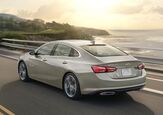

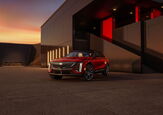
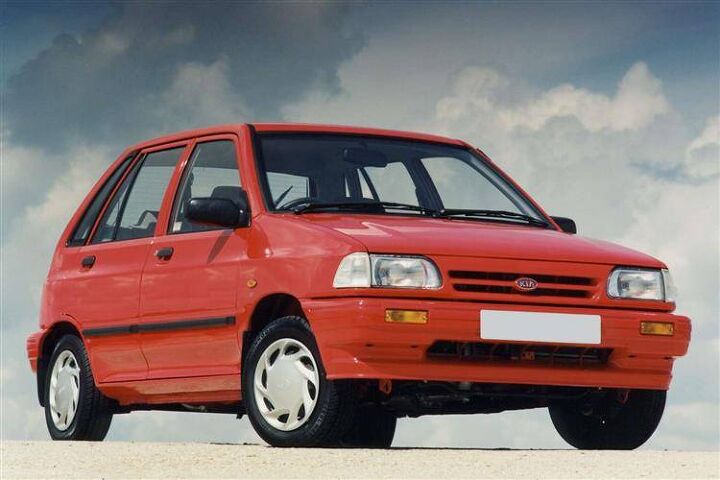




















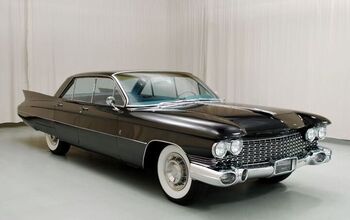
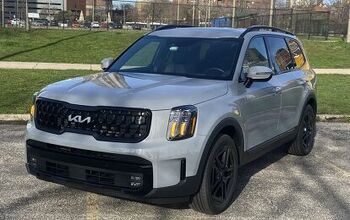
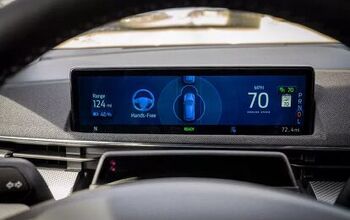
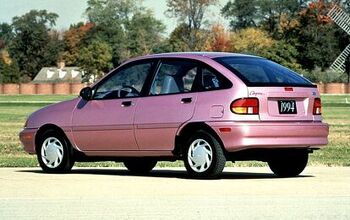
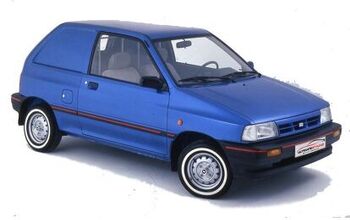
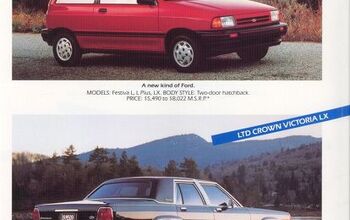
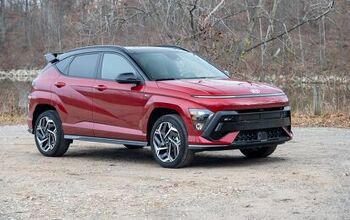
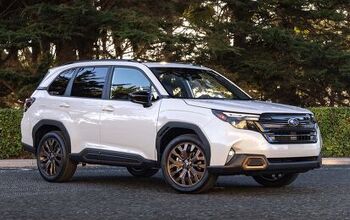
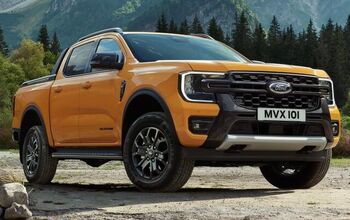
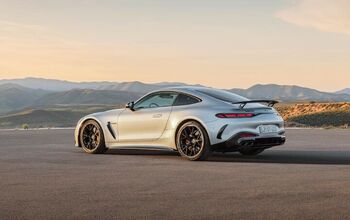
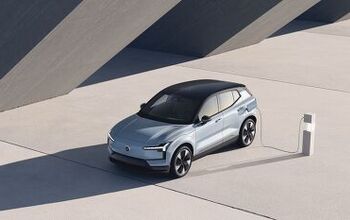
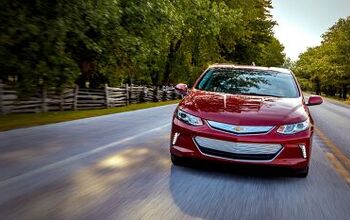
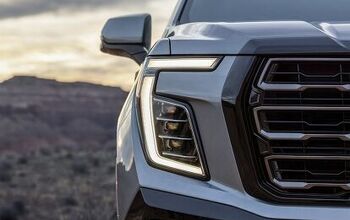
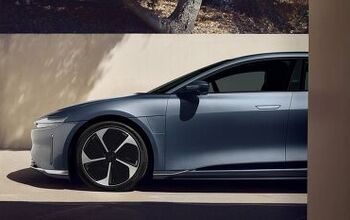


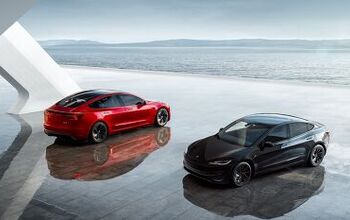
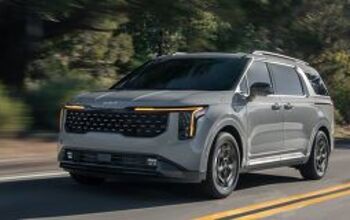
Comments
Join the conversation
Couple things: 1) never knew about the SAIPA 151. Mind blown. 2) never knew that these were never sold in Japan as a Mazda 121, or that Ford sold them there as a Festiva. 3) I still see these now & then. I was a true Honda freak back then, but I still admire that these are simple and to the point. College friend's girlfriend had one and said it was a hoot to drive. 4) the dealer in my rural east coast hometown would sell these as L Plus or LX models with numerous upgrades like stereos, stripes, flip up sunroofs or sometimes fabric roofs like a Renault R5, etc. 5) I would much rather have one of these than a new Mini, Smart, etc. It's an excellent city car for someone who doesn't need a daily car.
its time to bring back a cheap ragtop as an option